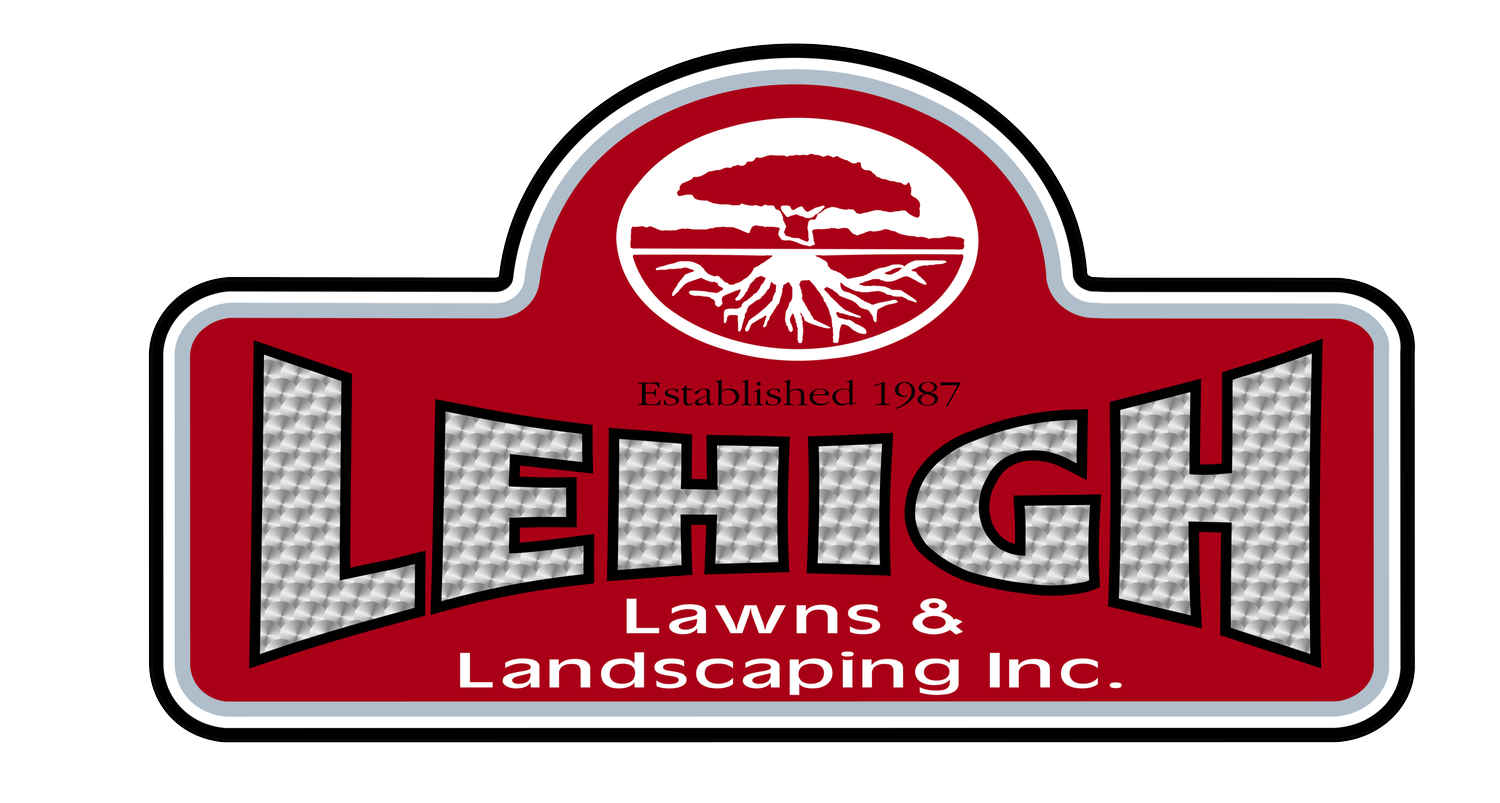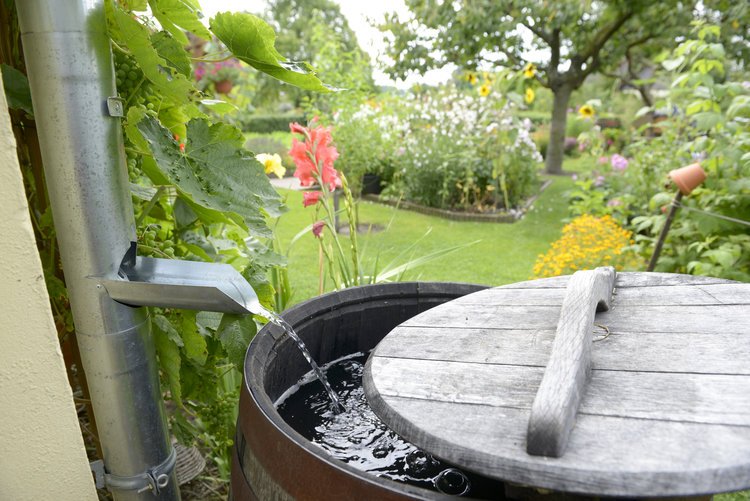Using Drainage for More Effective Irrigation
Irrigation without effective drainage is both inefficient in terms of water usage and harmful to plants and grass that may be receiving more water than they need or are being exposed to marshy conditions for extended periods of time. Poor drainage can often go undetected until significant plant or property damage has occurred, both from irrigation and rainfall. This is because the majority of pooling water remains below the surface of the ground. Although certain plants thrive in these conditions, for the most part, plants exposed to these kinds of subsurface conditions are vulnerable to rot and mildew attacking the roots, so proper drainage is needed to ensure a thriving Pleasant Valley, NY landscape. Drainage can be used in conjunction with irrigation systems to reduce water usage and better provide the conditions needed for healthy plants and an immaculate lawn.
Using retaining walls for terracing
Retaining walls arranged in a step-like formation, also known as terracing, is an effective drainage technique that has been used for over a thousand years. In these arrangements, the runoff from the upper layers filters down into the lower levels. Water consumption can be reduced by arranging plants that require more water nearer the top level and plants requiring the least nearer the bottom. Irrigation can then be limited to the top level with gravity, natural filtration and effective drainage techniques doing the rest to supply plants on the lower levels with the water they need. Retaining walls also allow sufficient drainage for rainwater and protect against soil loss during more extreme downpours.
Collecting drainage for re-use in irrigation
There are a number of methods that can be incorporated into a landscape design to save on water consumption by supplementing irrigation with water that would otherwise soak back into the earth or run into storm drains. This includes the use of rainwater tanks or the collection of drainage water for re-use via sumps and pipe systems. Rainwater tanks collect runoff from your home’s downpipes and ground drainage systems where it can be stored and used at a later point as needed. While there is no one clear cut solution for all terrains, one of our landscape professionals will be able to advise you on which solution would work best for the unique conditions present on your property. Sloping yards, for example, can make use of below ground gravity fed irrigation system that supplies collected water directly to the roots of plants where it is needed. In-ground water tanks in level yards may require additional pumps to be installed in order to achieve the right pressure for sprinklers.
Redirecting drainage to where it is needed
Underground drainage systems can be used to feed into parts of the garden where more water is required, supplying plants that thrive in moist conditions with ample water without requiring additional water used on irrigation directly to these plants. It’s generally recommended that these plants are placed at a lower point in the garden so that water can run naturally toward the outlet point.

